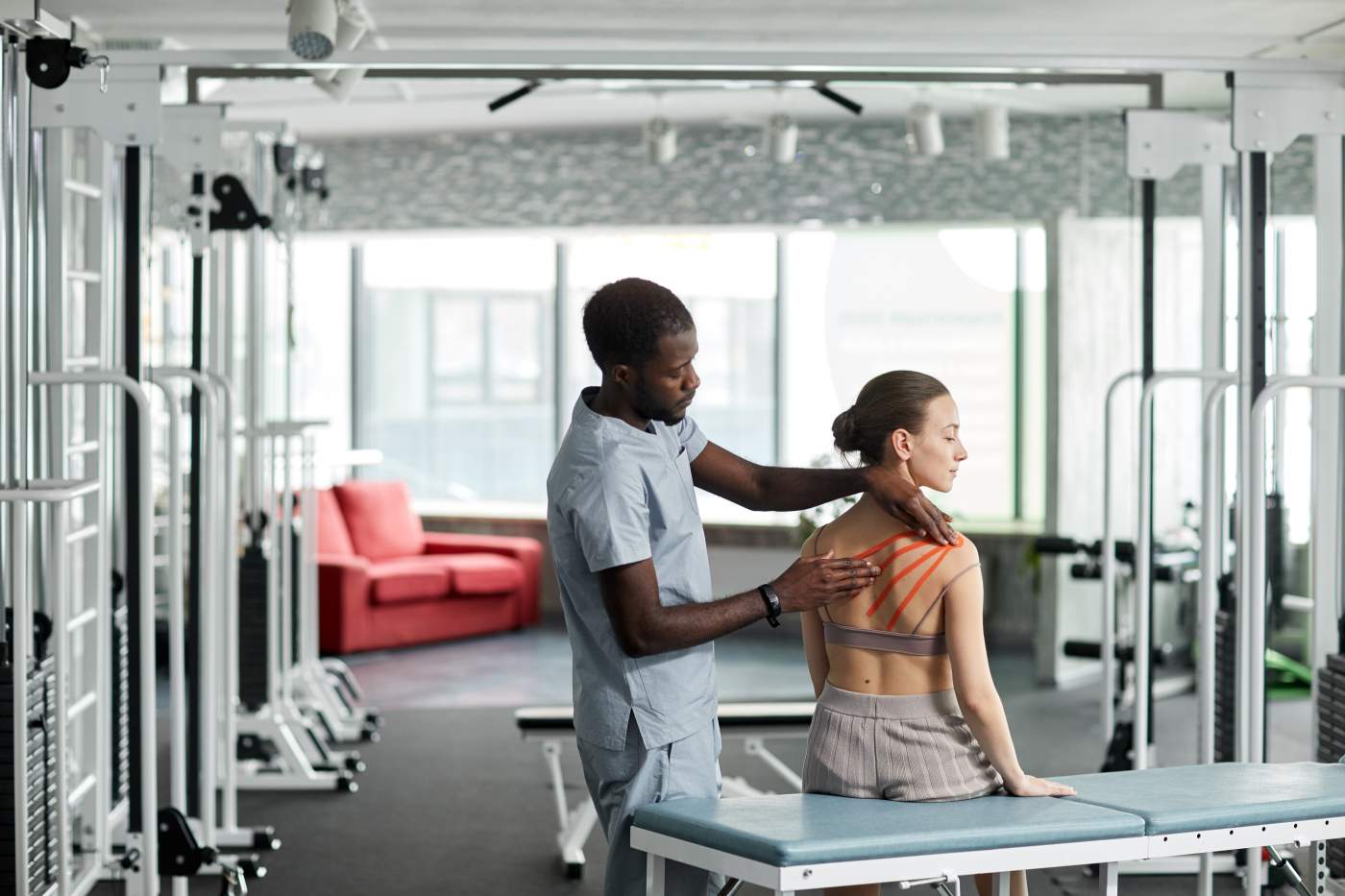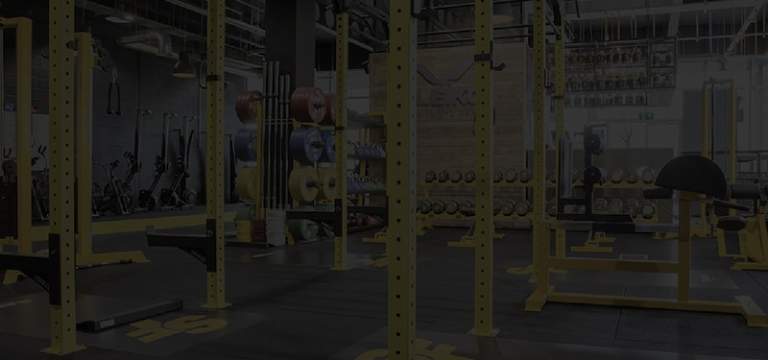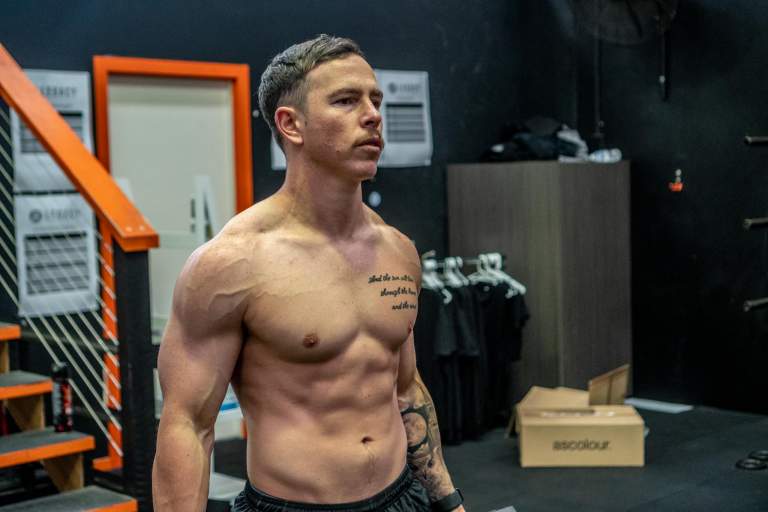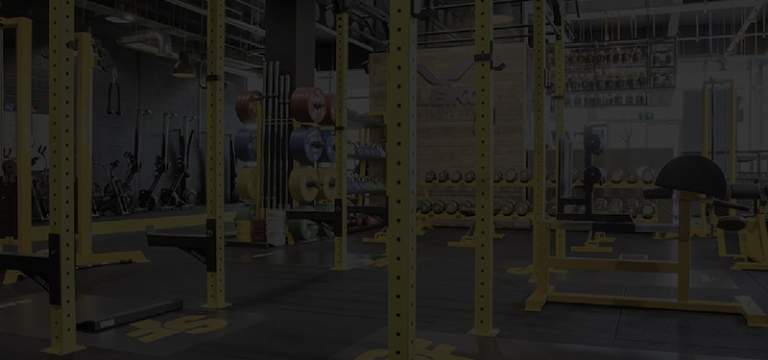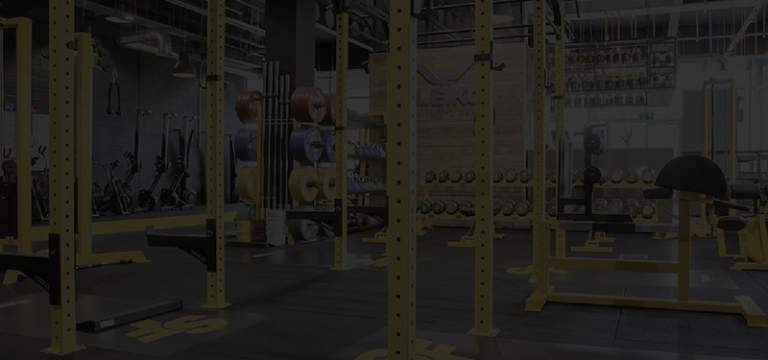Becoming a top athlete requires dedication and commitment to improvement. Whether you’re a pro, a weekend player, or just starting your athletic journey, reaching your peak performance is a common goal.
It’s not just about working harder; it’s about working smarter and maximizing your body’s potential.
Understanding Performance Physical Therapy
Performance Physical Therapy is different from regular physical therapy. It helps athletes do their best and stay away from injuries. It looks at everything about the athlete, like their body, mind, and feelings, to help them perform at their best.
Assessing Current Athletic Performance
Before embarking on a journey to enhance your athletic performance, assessing where you currently stand is essential. This assessment serves as a benchmark and helps identify your strengths and weaknesses. Here are some steps to consider:
1. Performance Metrics
- Measure relevant performance metrics such as speed, strength, endurance, agility, and flexibility.
- Consider using wearable devices and technology to track your progress over time.
2. Sport-Specific Evaluation
- Work with a Performance Physical Therapist or a sports specialist to assess your abilities in the context of your specific sport.
- Identify areas that require improvement to excel in your sport.
3. Goal Setting
- Establish clear, realistic, and personalized performance goals.
- Break down long-term goals into smaller, achievable milestones.
Customized Training Plans
After you know how you’re doing in your sport, it’s time to make a plan to get better. Performance Physical Therapists help create a plan for you, focusing on what you need to improve.
Here’s what you can expect:
1. Tailored Exercises
- Incorporation of exercises and drills designed to enhance your strengths and improve your weaknesses.
- Emphasis on sport-specific training that replicates the demands of your chosen sport.
2. Balanced Approach
- Comprehensive training plans considering various fitness aspects, including strength, flexibility, endurance, and agility.
- Preventing muscle imbalances that can lead to injuries.
3. Periodization
- Structured training schedules that include periods of intensification and recovery.
- Preventing overtraining and burnout while optimizing performance gains.
Injury Prevention and Management
In the pursuit of athletic excellence, injuries can be setbacks that hinder progress. However, Performance Physical Therapy strongly emphasizes injury prevention and management.
Here’s how it contributes:
1. Prehabilitation
- Identifying and addressing potential injury risks before they escalate.
- Targeted exercises and techniques to strengthen vulnerable areas.
2. Rehabilitation
- If an injury does occur, Performance Physical Therapists employ evidence-based rehabilitation strategies.
- Focused rehabilitation plans aimed at expediting recovery and minimizing downtime.
3. Education
- Athletes receive education on injury prevention techniques and strategies.
- Learning to recognize early warning signs of injury and taking preventive measures.
Nutritional Guidance
Nutrition plays a vital role in athletic performance. Performance Physical Therapists often collaborate with nutritionists to ensure athletes fuel their bodies optimally.
Here are some nutritional considerations:
1. Dietary Recommendations
- Personalized dietary plans tailored to the athlete’s energy needs and goals.
- Guidance on macronutrient ratios, hydration, and supplementation.
2. Nutrient Timing
- Strategies for timing meals and snacks around workouts and competitions to maximize performance and recovery.
3. Recovery Nutrition
- Post-workout nutrition plans to facilitate muscle recovery and reduce inflammation.
Mental Performance Enhancement
Being a great athlete isn’t just about being strong and fast; it’s also about having a strong mind. Performance Physical Therapy knows that your thoughts can affect your sports performance. It gives you ways to make your mind even stronger.
1. Mindfulness Techniques
- Teaching athletes mindfulness practices to improve focus and reduce performance anxiety.
2. Visualization
- Incorporating visualization exercises to enhance mental preparation and confidence.
3. Stress Management
- Providing tools for managing stress and pressure during competition.
Monitoring Progress
Getting better at sports is a continuous process. Performance Physical Therapy uses different ways to check how you’re doing and make changes as needed.
1. Data Analysis
Use information from performance numbers and wearable gadgets to see how you’re doing and find things to make it better.
2. Feedback Loops
Have regular talks with your Performance Physical Therapists and coaches to see how you’re doing and change your training plan if needed.
3. Technology Integration
Leveraging technology for performance analysis, biomechanical assessments, and injury prevention.
Conclusion
Performance Physical Therapy is a way to become a better athlete in a well-rounded and smart way. It looks at your body, mind, and what you eat. By working with Performance Physical Therapists, you can make a plan just for you, avoid injuries, and become your best.
This personalized care, along with smart strategies, can lead to amazing achievements in sports. Whether trying to beat your record or become a pro, Performance Physical Therapy can help you reach new heights in sports. Focus on your performance, use this well-rounded approach, and work with Performance Physical Therapy to chase your athletic dreams.

